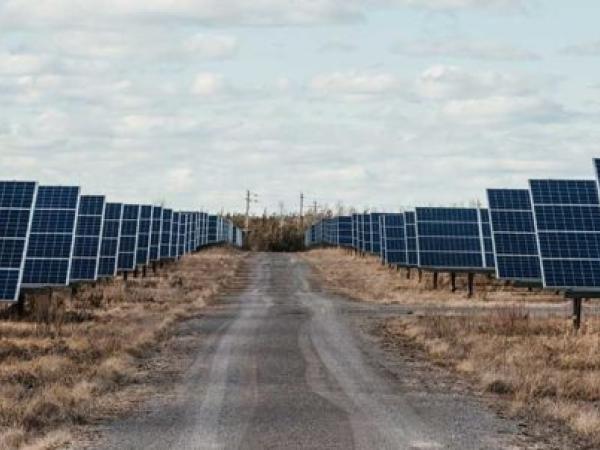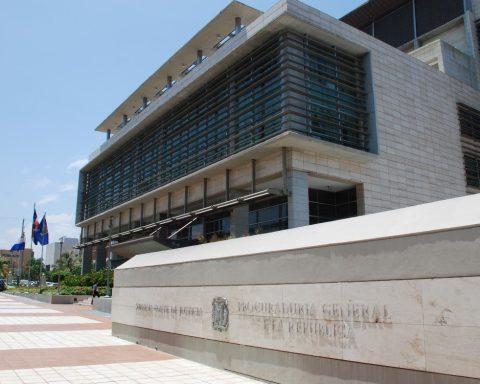The nation continues betting on the energy transition. In the afternoon, the President of the Republic, Iván Duque, and the Minister of Mines and Energy, Diego Mesa, will visit the first stage of the Helios I solar farm.
(Read: Unified electronic collection system starts in 9 tolls).
The solar plant is located in the village of La Unión on the Villavicencio – Acacías road, in the department of Meta. The supervision task will be carried out starting at 5:30 pm and will include the participation of local and national authorities, as well as businessmen from the region.
Helios I is a photovoltaic solar generation project whose design, implementation and commissioning was carried out by Northland Power, through the Company of Energy of Boyaca SA and contemplates the development of a second phase.
With this new solar farm, Meta consolidates itself as protagonist of the Colombian Energy Transitionsince the department will have ten large-scale solar energy generation and self-generation projects, with the capacity to generate 295.66 MWp of clean energy, equivalent to the consumption of 215,166 Colombian families.
(What’s more: Invías began work on the Guillermo Gaviria Echeverri tunnel tracks).
“The energy transition in Colombia is a reality. Last year it was possible to increase the installed capacity of renewable energy by 25 times compared to what the country had in August 2018. The goal is to leave projects that will increase this installed capacity by 100 times ready for the government’s closure.”, highlights a bulletin from the Ministry of Mines and Energy.
Helios I is a project of photovoltaic solar generation whose design, implementation and commissioning was carried out by Northland Power, through Empresa de Energia de Boyacá SA The Helios project will be incorporated into the National Interconnected System and will operate in the Colombian electricity market. It also contemplates a second phase, in which up to 7.22 additional MWp will be installed to complete 19.33 MWp.
“For the construction of the project, a total of 160 direct and indirect jobs and more than 47 Colombian companies participated in the procurement of equipment and services. Additionally, the project has financing from Bancolombia, which represents approximately 68% of the total investment required for its construction. This is an example of how EBSA and Northland are actively participating in the execution of the National Government’s public policy to strengthen the energy matrix and promote the use of non-conventional renewable energy sources,” said Javier Chavarría, Executive Director of Northland Power.
(Creg rule would delay the start of renewable plants).
With a long hydrocarbon tradition, Meta is consolidated at the same time as a protagonist of the Colombian Energy Transition. The department will have ten large-scale solar energy generation and self-generation projects, with the capacity to generate 295.66 MWp of clean energy, equivalent to the consumption of 215,166 Colombian families.
“This path towards carbon-neutrality has a very important pillar: the energy transition. Three and a half years ago our country had about 25 megawatts of installed capacity and we are going to end this year with more than 2,500 megawatts, which represents an increase of 100% in non-conventional renewable energies. The installed capacity of this first phase of the Helios project represents half of all non-conventional renewable energy that the country had 3 and a half years ago. This is the demonstration that it is with facts that the energy revolution has been launched by our Government”, assured the President of the Republic, Iván Duque Márquez.
For his part, Diego Mesa, Minister of Mines and Energy, pointed out that “the Energy Transition promotes the sustainable reactivation of the country and its regions. In addition to clean energy, these 10 generation and self-generation projects in the department will produce nearly 1,800 jobs and investments of $904,475 million pesos. It is a department with a hydrocarbon tradition that today has a large number of solar projects. It is a clear example that the hydrocarbon sector and the energy transition can be developed at the same time and in the same place; it produces more than 50% of Colombia’s crude oil and is also leading the generation of non-conventional renewable energy”.
BRIEFCASE















